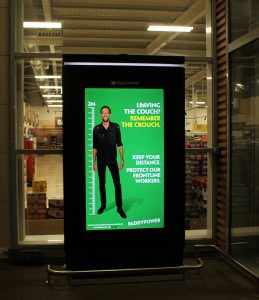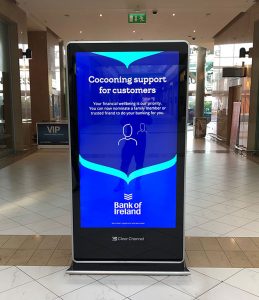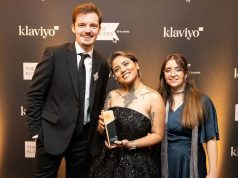Colum Harmon, marketing director PML Group, on the implications of the pandemic for Out of Home, both short term and further into the future.
Committing thoughts to paper at this time is no doubt a dubious endeavour but as this ever-evolving crisis plays out, it strikes me that at least one constant of advertising will endure – the importance of context.
All bets may be off at present with regard to what we understood of media consumption, work routines, lifestyle habits and shopping behaviours but how and where an ad is delivered and its context to the world around it remains fundamental to a consumer’s perception of a brand and its ability to succeed. The emerging menace of Covid-19 has heightened the marketing industry’s sensitivity to contextual relevance, and rightly so.
Out of Home (OOH) media has experienced a colossal shock over the past six weeks. Temporary but highly significant changes to how Irish people have been asked to live their daily lives has impacted its audience. I listened with interest recently as a Marketing Society panel discussed some of the stages that brands and consumers were going through in their reaction to Coronavirus. OOH is on a similar journey. Initially when the crisis broke and in an ongoing sense now, the medium was a trusted vehicle for important public health messages. Research conducted on our behalf by IpsosMRBI in recent weeks found that 77% of respondents believe OOH to be ‘very effective’ as a means of public information messaging.
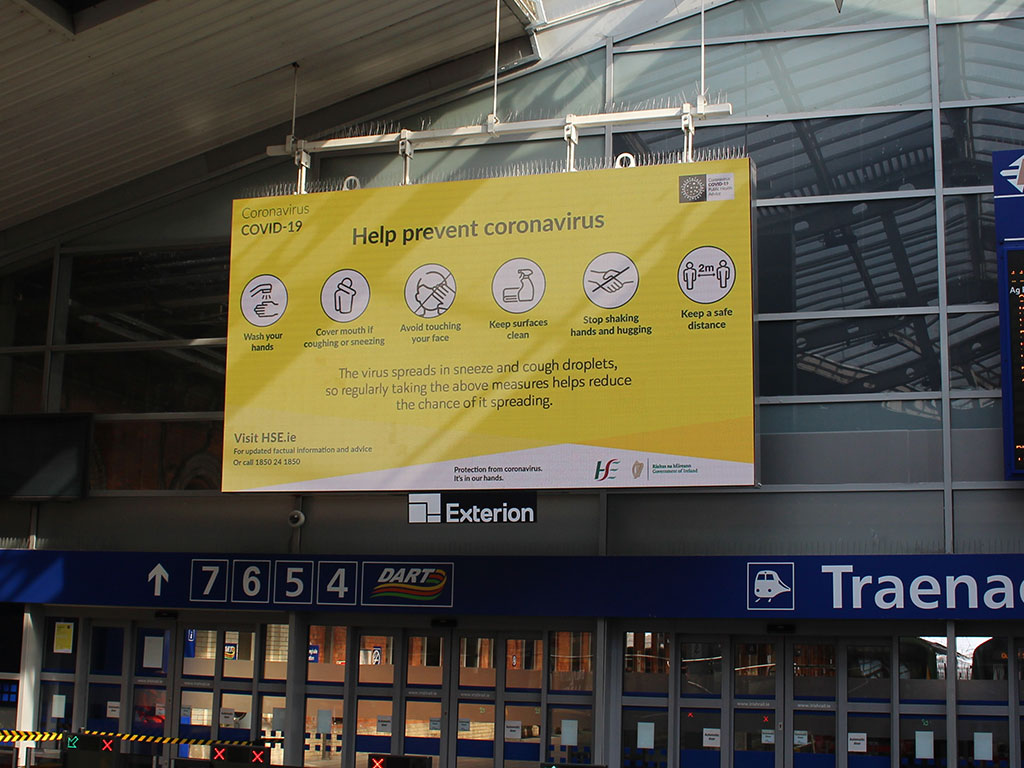
As the initial shock has subsided and brands redraw their marketing plans for a new reality, the role for OOH and the context that it can provide is adapting also. All media are going to need to be flexible for what’s to come. The OOH sector’s strategy in recent years of digitisation and an agenda of quality over quantity means OOH is well placed to work with government, commercial brands and charities as they seek to deliver contextually sensitive content. The reactive real time capabilities of Digital OOH and its short lead times means advertisers can deploy new or updated messaging quickly.
Retail in particular is a powerful environment at present. Anyone who has been to a supermarket in recent times can testify to the high footfall and long queues. However, it can also be a distressing experience for many because of social distancing and sanitisation practices. Dwell times at stores offer brands the chance to reassure but also add some levity and a light touch. An opportunity to make us smile. Recent campaigns for Paddy Power using Peter Crouch to depict social distancing and Bank of Ireland advertising services to aid cocooning vulnerable people, exhibit how brands can use different tones to get important messages across.
Weekly tracking data from Dentsu in America also shows that consumers want to hear more from brands that can help them take their minds off what’s going on (Crisis Navigator, April 2020). The launch of Disney+ spoke to this and was carried widely on OOH formats in this country.

A clever example of a brand changing their message to be contextually relevant to the OOH medium now was by snack brand Emily. Rather than defer their UK OOH plans, the brand changed the messaging in a self-deprecating manner, and ensured the campaign was amplified via other media and PR. Such bravery deserves its success.
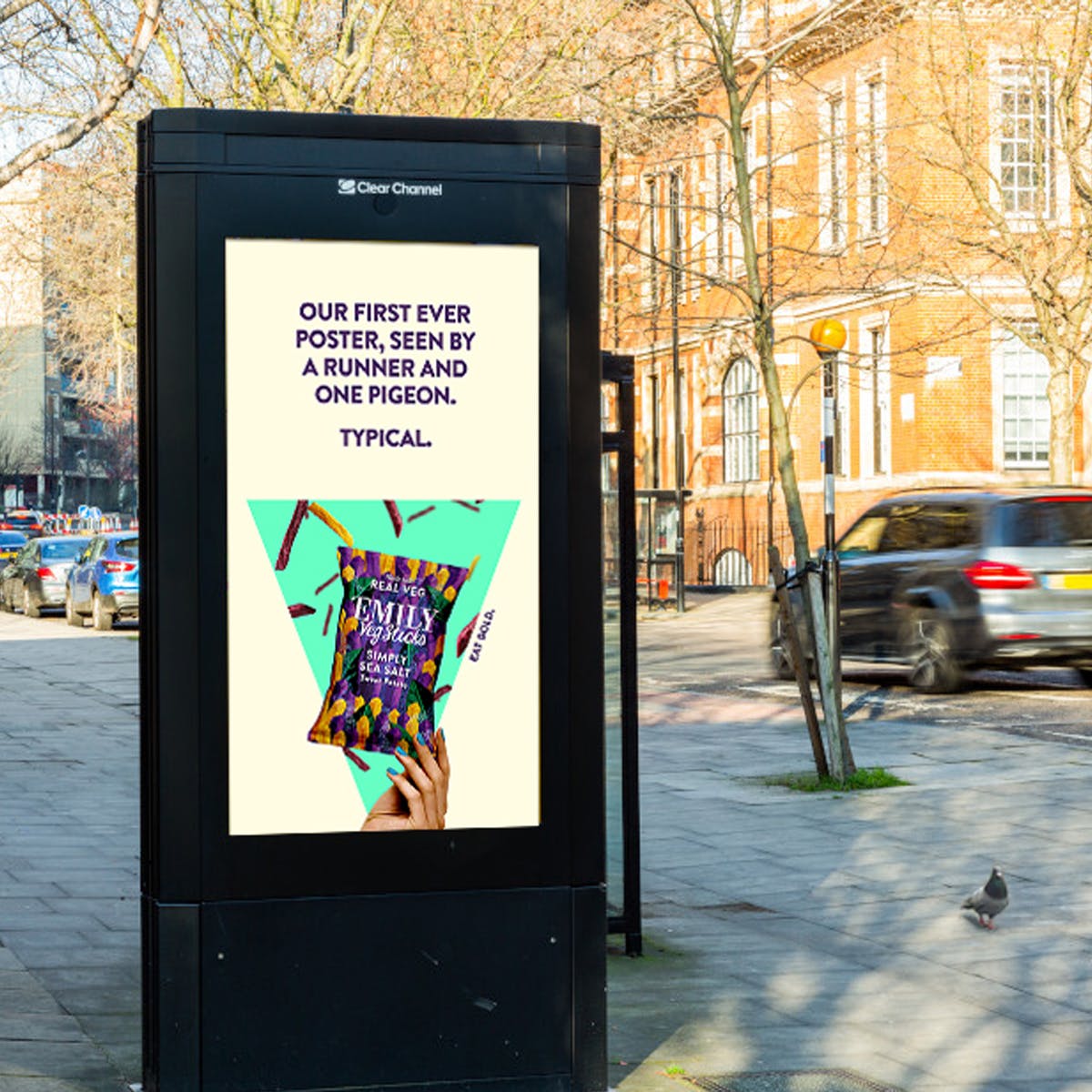
Enforced behavioural change is affecting where advertisers communicate with audience. Out of Home’s audience has temporarily dispersed from an urban-centric base to a more suburban, localised setting. This return to ‘local’ of course has implications for local retail and local OOH formats, and as the country continues to adapt to life over the coming weeks our location resources such as Locomizer and transport data sources will keep our finger on the pulse of how the nation is moving.
At PML Group we have used our Pinpoint mapping tool to group OOH panels based on strategic points of interest such as supermarkets, popular walking/cycling routes, pharmacies, coffee shops etc.. As restrictions are gradually lifted audience habits will shift again, albeit slowly and piecemeal and our packs will adapt. The ‘school run’ will return, various sets of workers and industries will migrate back towards the cities via transport hubs. The near future for us is about working closely with media agency partners and our clients to make their communication relevant and meaningful for the OOH audience now and as it evolves.
But what of the longer term, the Next? Again, enter context. What context will brands be advertising in with regard to their own circumstances and those of the market they operate in? How will their message fit in the context of a public living with Covid-19 or, hopefully sooner rather than later, in a post-Covid sense? Will physical distancing mean more dwell time in retail and transport environments? The focus of our conversations with clients had long moved towards context targeting rather than simply audience targeting and this will be the case more and more in the future. Context has taken on a whole new relevance and content management systems such as our LIVEPOSTER platform allows brands to be more prescriptive vis-à-vis the location they use and message they convey in that location. Brands that can use OOH to effectively deliver genuinely helpful, relevant content will be appreciated and rewarded. Digital OOH’s potential as a channel for longer play content marketing pieces can be realised as our streets, towns and cities come back to life. Creative that was planned will need to be rethought to be more contextually aware and we expect to see some extraordinary work from the great brands we work with.
When it comes to location-based marketing, there is no single point of truth. The scale and variety of location and behavioural datasets available to us provide a wide range of different insights, so for media planning purposes it’s important to combine the right set of data sources to determine accurate outcomes. Enter Covid-19 and this same statement is more important and pertinent than ever.
Out of Home media has been hit hard. Encouraging people to stay indoors is counter intuitive for us! But as restrictions lift and some sense of normality returns, OOH at scale will be hugely attractive again. There will be a certain sense of euphoria, there will also be trepidation. People will want to reconnect, to socialise, to play sport and enjoy life. And they’ll want to do it out of their homes (FOMO-OH, anyone?). A study by Core Research recently shows that the majority of Irish people are optimistic about the future. Just as governments look for global learnings from countries further along the Covid curve, we will tap into our global network for inspiration and lessons. Research by Kantar in the UK and Dentsu in the US points to out of home activities such dining, shopping and meeting friends among the things people miss most and look forward to doing again.
The context will be different. The times will be different. But our expertise and Out of Home’s ability to be impactful, effective, and contextually relevant will not change. Creativity always wins and content has always been king. More than ever, creativity will continue to win in OOH’s future. But perhaps it’s time for context to wear the crown.
Colum Harmon is marketing director at PML Group.

















